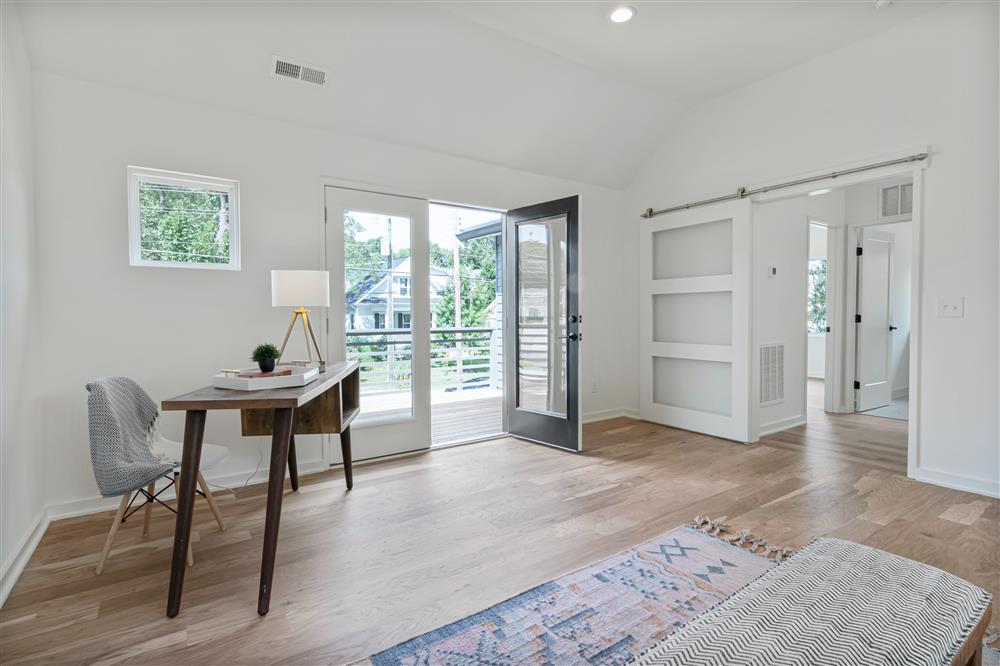
The exterior door of your home is not only an essential element for security but also a crucial aspect of your home's overall appearance. With South Africa's diverse climate, it is essential to choose the right finishing method for your exterior doors to ensure durability and long-lasting beauty. In this blog, we will discuss various finishing techniques for exterior doors in South Africa, ensuring you make the best choice for your home.
Preparing Wooden Doors for Finishing
Before starting the finishing process, it is crucial to prepare your wooden door correctly. Follow these steps for optimal results:
Sand the door: Begin by sanding the door using around 180 to 220 grit sandpaper to remove any imperfections and open up the fibres. Do not go too fine, or you may close up the fibres and prevent your finish from adhering properly.
Clean the door: After sanding, use a tack cloth or vacuum cleaner to remove all dust and debris from the surface.
Apply a wood conditioner: For doors made of porous woods like pine, a pre-stain wood conditioner is recommended to prevent blotchy absorption of stains or finishes.
The Best Finishes for Exterior Wooden Doors
Selecting the appropriate finish for your exterior wooden door is crucial for its durability and aesthetics. The two main categories of finishes are:
Stains and clear topcoats: Stains add colour to the wood while allowing the natural grain to show through. They require a clear topcoat for protection against the elements.
Paints: Paint provides a solid colour and a protective barrier, but it hides the wood grain. High-quality exterior paints are ideal for doors exposed to the elements.
Finishing Guide for Stains and Clear Top Coats
If you prefer a natural look for your wooden door, follow these steps to apply stains and clear topcoats:
Apply the stain: Choose an exterior-grade stain and apply it evenly with a brush, following the wood grain. Wipe off any excess stain with a clean cloth.
Allow the stain to dry: Follow the manufacturer's recommendations for drying time, typically 24 hours.
Apply a clear topcoat: Use a high-quality exterior-grade polyurethane or spar varnish, applying multiple thin coats to build up protection.
Sand between coats: Lightly sand with 220 or 240-grit sandpaper between coats to ensure proper adhesion.
Allow the finish to cure: Allow the final coat to dry and cure for at least 72 hours before installation.
Finishing Guide for Paint
For a more durable and opaque finish, follow these steps to paint your exterior door:
Apply a primer: Use a high-quality exterior primer to provide a base for the paint to adhere to.
Allow the primer to dry: Follow the manufacturer's recommendations for drying time, typically 24 hours.
Apply the paint: Use high-quality exterior paint and apply at least two coats, allowing each coat to dry before applying the next.
Allow the paint to cure: Give the paint at least 72 hours to cure before installation, depending on the type of paint used.
How to Finish High-Exposure Doors
If your exterior door is exposed to harsh weather conditions or intense sunlight, you need to take extra precautions to protect it. Follow these tips for finishing high-exposure doors:
Choose a high-quality finish: Opt for marine-grade finishes or exterior-grade paints that offer UV protection and resistance to moisture.
Apply additional coats: Increase the number of coats of topcoat or paint to provide added protection.
Install weatherstripping: Add weatherstripping to seal gaps around the door, preventing moisture from seeping in.
Perform regular maintenance: Check your door periodically for signs of wear or damage and reapply the finish as needed. This may include light sanding and recoating with a clear topcoat or paint to maintain the door's appearance and protection.
Consider adding an overhang or awning: Installing an overhang or awning above your door can shield it from direct sunlight and rain, reducing the risk of damage due to exposure.
Protecting Your Exterior Doors in South Africa
Finishing an exterior door in South Africa requires careful consideration of the local climate and the specific needs of your door. By following this guide and selecting the appropriate finish for your door, you can ensure its durability and long-lasting beauty. Remember that proper preparation, application, and regular maintenance are crucial to protect your investment and keep your exterior door looking its best for years to come.
You can shop our full range of exterior wooden doors here, or browse our range of speciality wood sealants here for all your needs.


